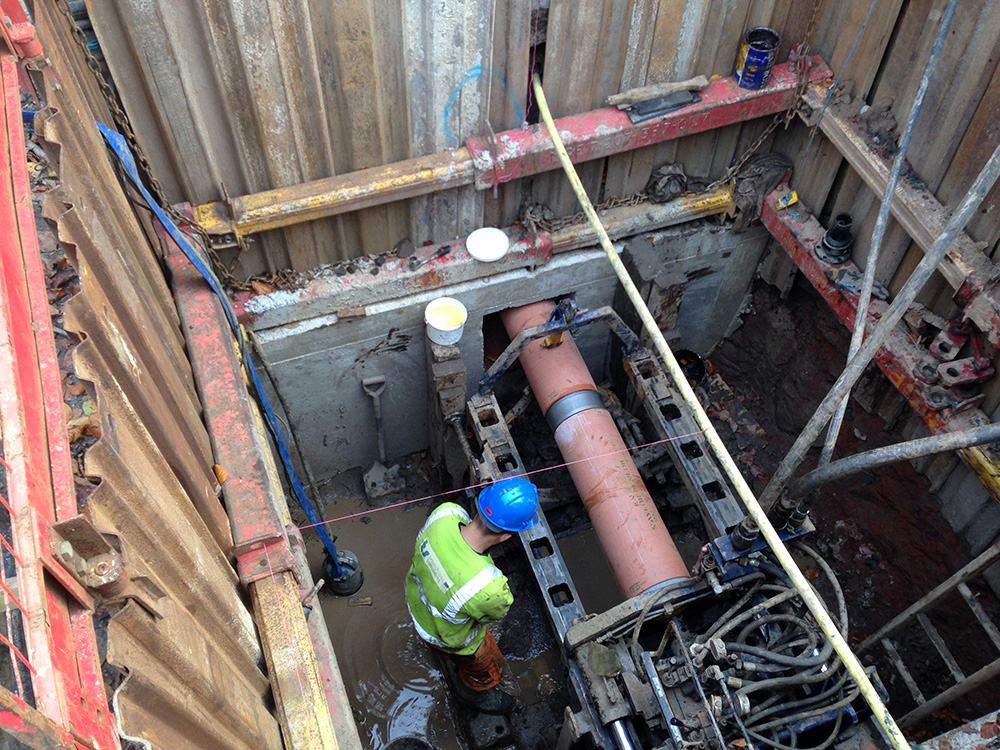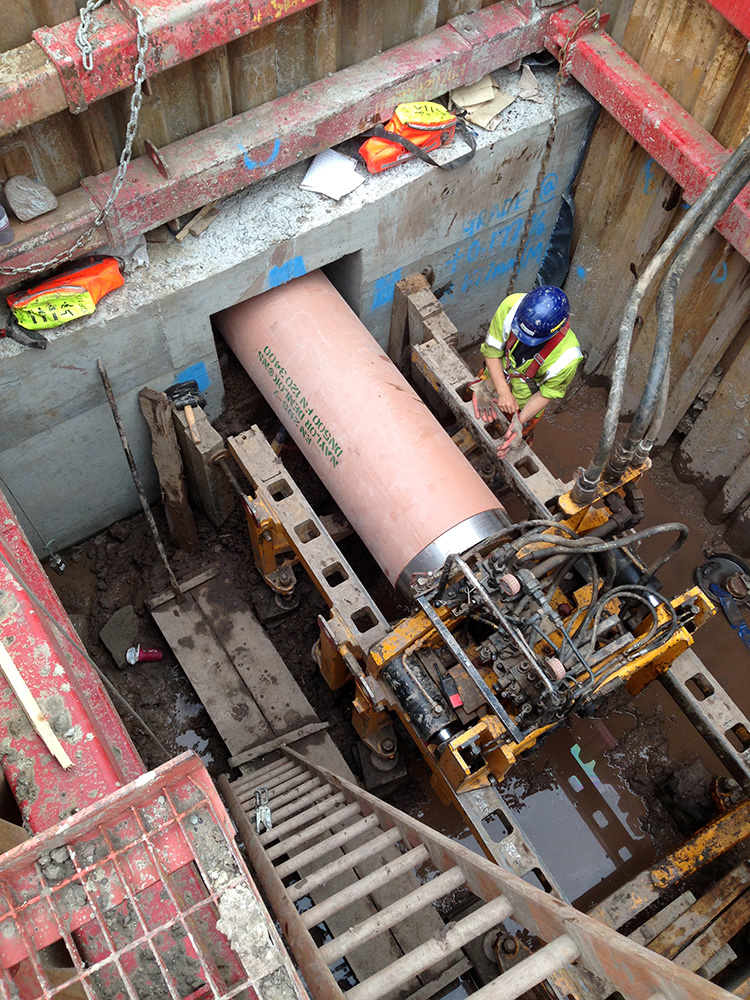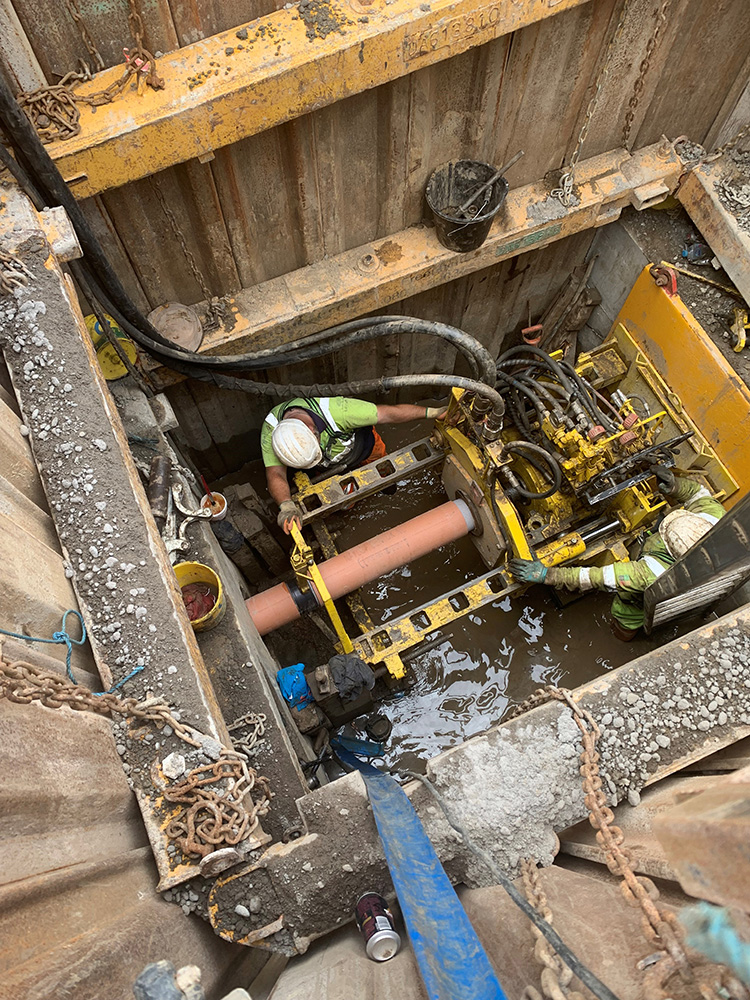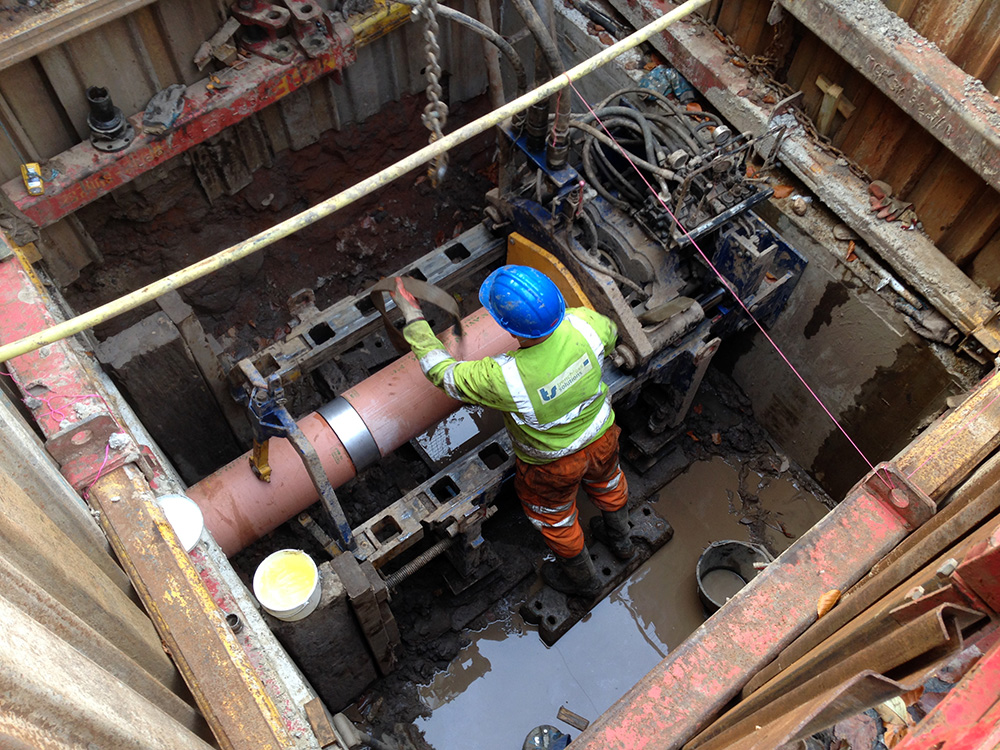What are the benefits of Trenchless Technology using Clay Pipes?

One of the key benefits of trenchless technology* is the reduced disruption it causes to the surrounding infrastructure and communities. Installing or repairing pipelines without extensive digging means minimal disruption to roads, driveways, landscaping, and underground utilities. This is particularly beneficial in densely populated areas or locations with sensitive infrastructure.
There is a strong argument that trenchless installation is environmentally friendly compared to traditional open-cut methods. Avoiding extensive excavation minimizes disruption to the landscape, reduces soil displacement, and preserves existing vegetation; the reduced surface disruption may result in lower emissions due to traffic management etc.


Trenchless technology may be expensive compared to open-cut installation although factors such as depth and environment may increase relative cost-effectiveness (for example trenchless installation under a motorway or railway may result in expensive traffic management processes or loss of revenues); excavation and associated costs are minimised. From a time-perspective, trenchless installation may be advantageous too, given the reduced need for restoring landscapes, relocating utilities, or disrupting traffic.
Vitrified clay is the ideal material to manufacture a pipe which can form an extremely durable structure, combining high load bearing strength and chemical and abrasion resistance both from hydrogen sulphide and ground bearing salts making them an ideal choice for installation by trenchless methods.
Environmentally too, their manufacturing process and service performance carry important environmental advantages.
Trenchless pipe installation using clay pipes is an important option for today and tomorrow.
*Trenchless technology refers to a set of construction and repair methods that minimize or eliminate the need for extensive excavation.

